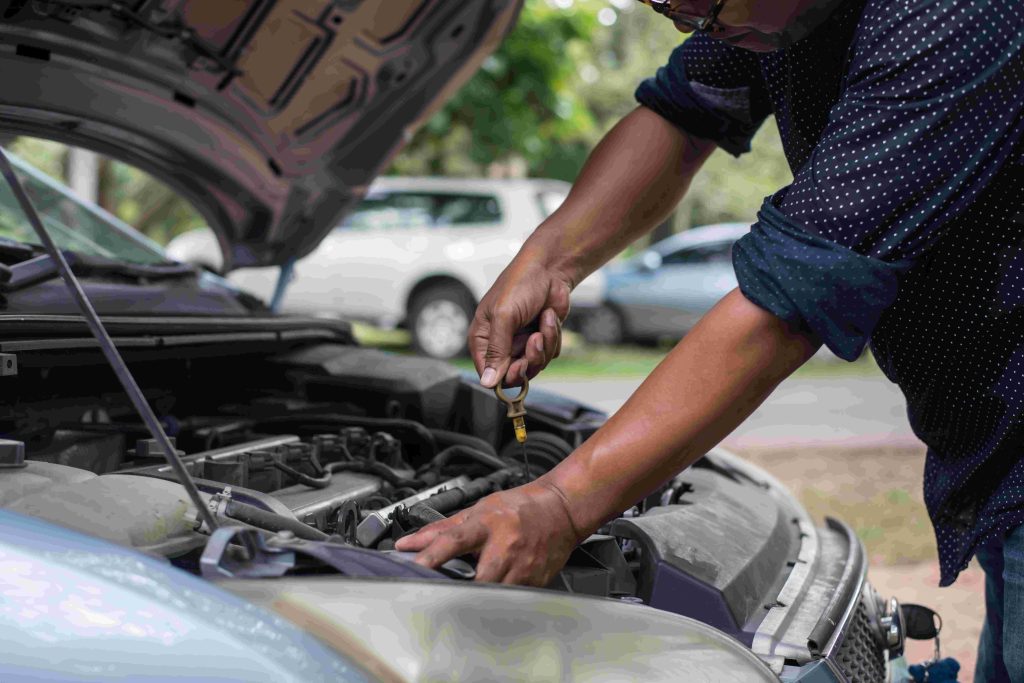Jumpstarting a Car: A Step-by-Step Guide to Getting Back on the Road

Do you know how to jumpstart a car? There’s nothing more frustrating than turning your car key and hearing nothing but a click. A dead battery can happen to anyone, whether you left your lights on overnight or your car hasn’t been started in a while. Fortunately, jumpstarting a car is a simple process that anyone can learn. Here’s how to do it safely and effectively.
What You Will Need
Before you begin, make sure you have the right tools:
- A set of jumper cables
- Another vehicle with a fully charged battery (the donor car)
- A pair of gloves (optional but recommended for safety)
Safety First
- Ensure both cars are parked on a flat surface and turned off.
- Engage the parking brakes on both vehicles.
- Keep metal objects like jewelry and tools away from the batteries.
- Check for leaks, cracks, or corrosion around the battery. If it’s damaged, don’t attempt a jumpstart — call a mechanic instead.
Step-by-Step Process
Step 1: Position the Vehicles
Park the donor car close enough so the jumper cables can reach both batteries — but make sure the vehicles aren’t touching.
Step 2: Connect the Jumper Cables
- Red to Dead: Attach one red (positive) clamp to the positive (+) terminal of the dead battery.
- Red to Donor: Attach the other red clamp to the positive (+) terminal of the good battery.
- Black to Donor: Attach one black (negative) clamp to the negative (-) terminal of the good battery.
- Black to Metal Ground: Attach the last black clamp to a clean, unpainted metal surface on the dead car’s engine block or chassis — not the battery itself. This helps prevent sparks near the battery.
Step 3: Start the Donor Car
Start the donor car and let it run for about 3–5 minutes. This allows the dead battery to absorb some charge before attempting to start the other vehicle. During this time, keep both engines off idle (lightly revving the donor car’s engine once or twice can help boost the power transfer).
It’s important not to rush this process modern car batteries often need a few minutes to build up enough voltage for a successful jumpstart. If possible, turn off any unnecessary electrical accessories in both cars such as air conditioning, headlights, or radios. This ensures that all available energy from the donor battery goes directly toward charging the dead one.
You can also check the connection points to ensure the jumper cables are secure and not overheating. Loose or corroded connections can slow the charging process or even prevent the jumpstart from working.
Step 4: Start the Dead Car
Try starting the car with the dead battery. If it doesn’t start, wait a few more minutes and try again. If it still doesn’t work after several attempts, the battery may need replacement.
Step 5: Remove the Cables (in Reverse Order)
- Remove the black clamp from the metal ground on the dead car.
- Remove the black clamp from the donor car’s battery.
- Remove the red clamp from the donor battery.
- Finally, remove the red clamp from the revived car’s battery.
Step 6: Keep It Running
Let the revived car run for at least 20–30 minutes or drive it around. This helps recharge the battery fully.
Pro Tips on How to JumpStart Your Car
- Regularly check your battery terminals for corrosion and clean them if needed.
- If your car’s battery dies often, it might be time for a battery test or alternator check.
- Keep a portable jump starter in your trunk it can save you in remote areas without another car around.
Conclusion
Jumpstarting a car isn’t as intimidating as it seems with the right steps and a little caution, you can be back on the road in minutes. Remember, safety always comes first. If you’re unsure or your car doesn’t start after several attempts, don’t hesitate to seek professional help.
At Sensei Driving School, we go beyond teaching basic driving skills. Our comprehensive driver training program equips learners with essential car care knowledge — including how to jumpstart a car, check fluid levels, change a tire, and respond to common roadside emergencies. We believe that a confident driver is not only skilled behind the wheel but also prepared for unexpected situations on the road.
Through our hands-on practical sessions, learners get real-world experience with vehicle systems, battery maintenance, and safe driving habits. Whether you’re a beginner learning to drive for the first time or an experienced driver looking to refresh your knowledge, Sensei Driving School provides expert guidance to help you stay safe, self-reliant, and ready for any situation.
So next time your car refuses to start, you’ll know exactly what to do — thanks to the practical skills and confidence you gained from Sensei Driving School and Sensei Institute of Technology






